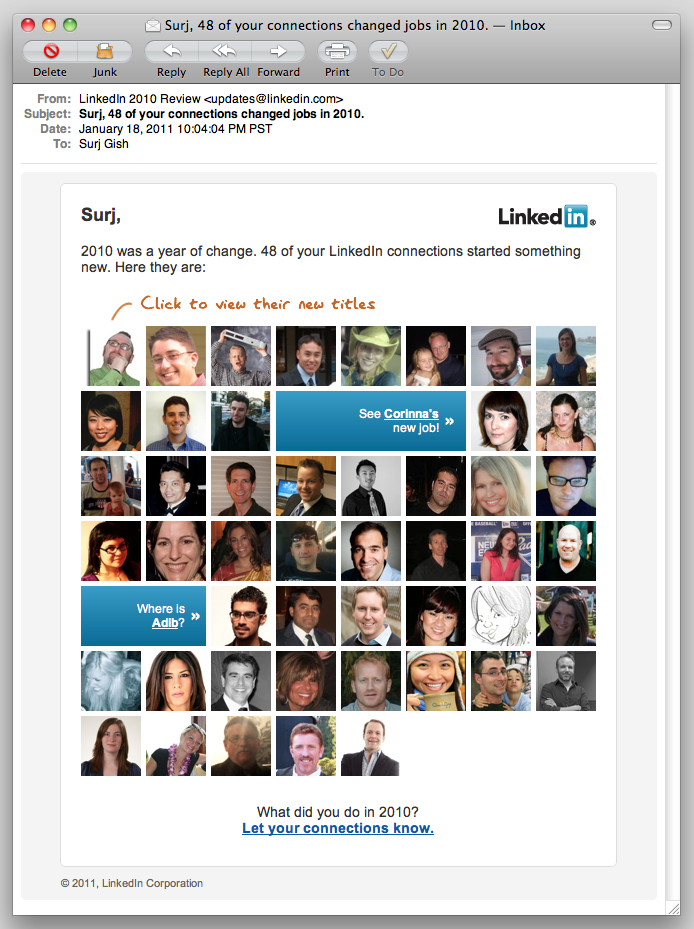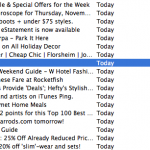Maybe it’s just daylight savings time that has me a bit grumpy this morning. I prefer to wake up when it’s still dark, or at least gray.
Or maybe I’m grumpy because my iPhone – an allegedly smart phone – failed me this morning.
I knew, or at least suspected, that it was going to happen. Both Angelica and I have iPhones, and reset our alarms last night, but just in case, I set the regular old alarm clock too. This morning, I was awakened by the beeping of that dinosaur, not either of our iPhones.
Look, I get that software is extremely complex. Mistakes are made, and missed in QA. Fine. I’m not a developer, so I’m not even going to bother theorizing about the nuts and bolts of why my alarm clock didn’t go off today. (Even though I’d have thought there’d be some best practices in place by now for automatic handling of alarm clocks and Daylight Savings Time. It’s not like this is bleeding edge stuff.)
Apple has been aware of the issue for at least a month, and even created a support article about it. But in typical Apple fashion, they were pretty quiet about it. In fact, if I hadn’t heard about it from Angelica, I wouldn’t have known about it at all. I’m a busy guy – I don’t pay attention to all the iPhone/Apple chatter. I shouldn’t have to – this thing is supposed to just work, right? Judging by the noise on Twitter this morning, I’m not the only one who didn’t notice until too late.
Just to make sure I hadn’t missed anything, I connected my iPhone to my MacBook Pro and fired up iTunes. Nope – no software update, no warning, no messaging at all. I did have to agree to YET ANOTHER iTunes Store Terms and Conditions update – maybe there’s a new clause that explains that the alarm clock doesn’t actually work.
This is a missed opportunity. Apple should have sent an email campaign with the workaround instructions, rather than relying on the blogosphere and the media, maybe even done some PPC marketing on keyword phrases like “iPhone alarm clock fix” with the support article as the landing page.
Hell, even AT&T could have done it, by email or text message. It’s not like they don’t need every bit of goodwill they can get from iPhone users.
Instead, we get a support article that doesn’t even make the iPhone Hot News page. Instead, we get people waking up late for work. Instead, we get people pissed off at Apple and maybe looking at one of those slick new Android phones instead of following the default next-gen iPhone upgrade path.
Listen up Apple. I love your products. I’ve sent a lot of cash your way. But dumb errors like this (and even dumber handling of them) makes me want to drink someone else’s Koolaid.




